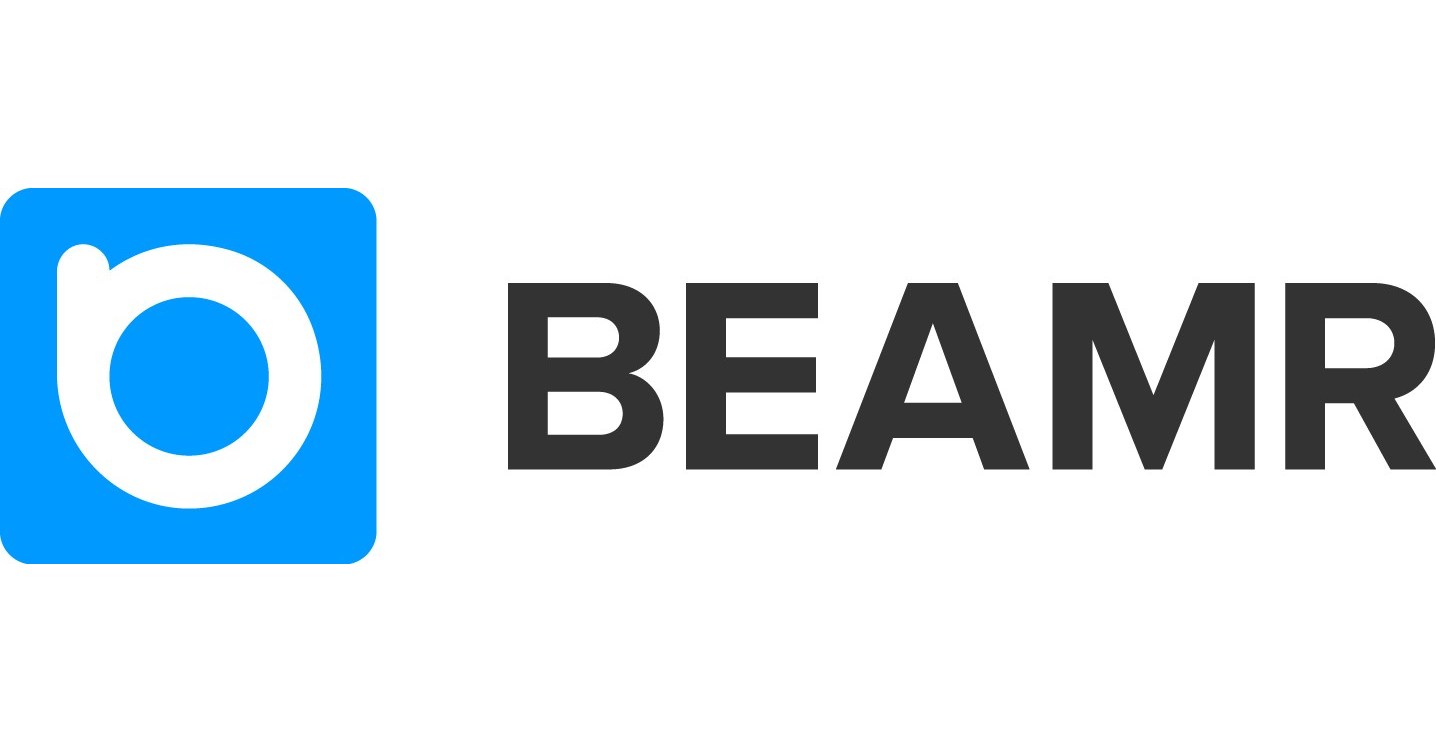
Beamr Imaging Ltd. (NASDAQ:BMR) showcases a challenging financial situation with a WACC of 33.36% and an ROIC of -10.80%, indicating struggles in generating returns above its cost of capital.
Douglas Emmett, Inc. (NYSE:DEI) presents a contrasting financial health with a WACC of 3.54% and an ROIC of 3.47%, nearly generating returns equal to its cost of capital.
The comparison between BMR and its peers, including DEI, highlights the importance of efficient capital utilization for creating shareholder value and attracting further investment.
Beamr Imaging Ltd. (NASDAQ:BMR) is navigating through a competitive landscape in the video encoding and optimization solutions sector. This industry is crucial for enhancing digital media quality and efficiency, serving a wide range of customers from content creators to broadcasters. Despite its innovative technology, BMR’s financial health, as indicated by its ROIC and WACC figures, raises concerns about its ability to generate returns above its cost of capital. With a WACC of 33.36% and an ROIC of -10.80%, resulting in a negative ROIC/WACC ratio of -0.32, it’s clear that BMR is currently not creating value for its investors.
Comparatively, Douglas Emmett, Inc. (NYSE:DEI), a company in the real estate sector, showcases a stark contrast with a WACC of 3.54% and an ROIC of 3.47%, yielding a ROIC/WACC ratio of 0.98. This indicates that DEI is almost generating returns equal to its cost of capital, positioning it as a more efficient entity in utilizing its capital for growth. The difference in financial health between BMR and its peers, such as DEI, Brandywine Realty Trust (NYSE:BDN), Acadia Realty Trust (NYSE:AKR), and Kilroy Realty Corporation (NYSE:KRC), is significant. These companies, despite operating in different sectors, present a benchmark for BMR in terms of capital efficiency and value creation.
The negative ROIC/WACC ratio of BMR is a critical indicator for investors, signaling that the company is struggling to generate sufficient returns from its invested capital. This is a pivotal metric because it directly impacts investor confidence and the company’s ability to attract further investment for growth. In contrast, DEI’s near one-to-one ROIC/WACC ratio not only reflects its capability to cover its cost of capital but also suggests potential for further growth and value creation, making it a more attractive option for investors.
The financial overview of BMR and its comparison with peers like DEI highlight the importance of efficient capital utilization in creating shareholder value. While BMR’s innovative solutions in the video and photo optimization sector are commendable, its financial metrics suggest a need for strategic reassessment to improve its ROIC and reduce its WACC. This could involve optimizing operational efficiencies, reducing costs, or exploring new revenue streams to enhance its financial performance.
In conclusion, the analysis of BMR’s financial health through the ROIC vs. WACC lens reveals significant challenges in value creation and capital efficiency. The comparison with peers, particularly DEI, underscores the potential for growth and efficient capital use in other sectors. For investors, these insights are crucial for making informed decisions, especially when considering the growth potential and financial stability of their investments.

